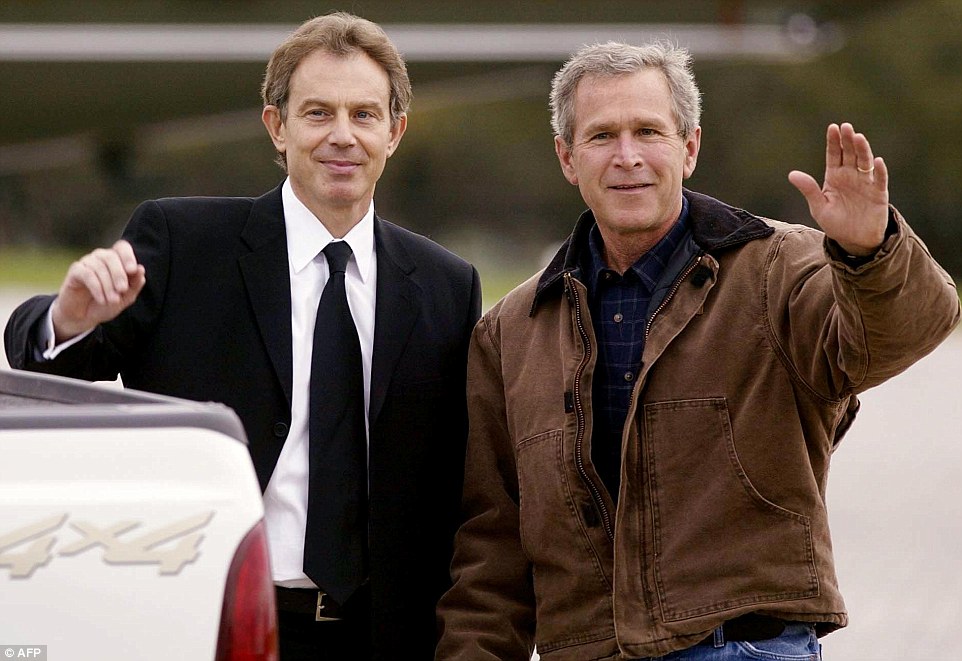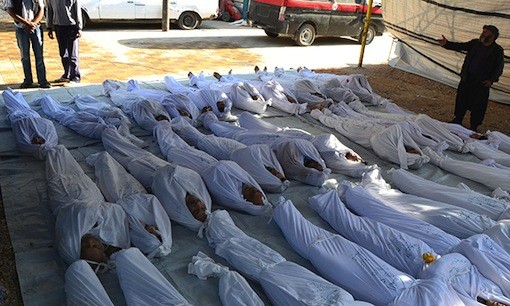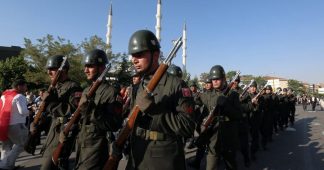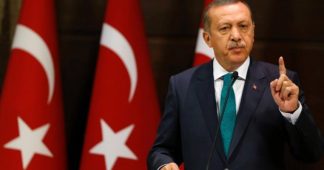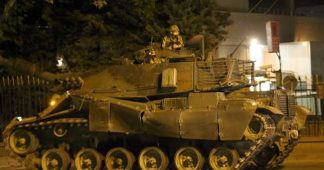By Matthieu Aikins
Three years ago, 10 men were detained in Nerkh, a volatile district in central Afghanistan, and subsequently disappeared. According to dozens of eyewitnesses—mostly civilians and Afghan government officials—they were all arrested between November 2012 and January 2013 by the same US Army Special Forces unit, ODA 3124. On April 6, 2013, about a week after the American unit was forced out of the district by local protests, Afghan officials began finding bodies buried outside the Special Forces’ former base. Relatives identified the bodies as belonging to the missing men.
As I reported for The Nation in September, the only person convicted in connection with the men’s killings is not a member of that Special Forces unit. The Afghan government instead arrested Zikria Noorzai, a translator who worked for the unit, and sentenced him to 20 years in prison. Noorzai has denied responsibility, with his lawyer noting that “the way the killings happened showed that a single interpreter couldn’t have done them on his own.” Noorzai blames his American employers.
If the elite American unit did, in fact, murder and torture prisoners, these acts would rank among the most serious war crimes committed by US forces in Afghanistan. The US Army’s Criminal Investigation Command launched an investigation into the allegations in July 2013, and nearly three years later, it remains open.
Given the military’s abysmal track record of investigating and punishing soldiers who are accused of killing civilians, there’s reason to be skeptical that the investigation will ever resolve the allegations. But it shouldn’t be for lack of evidence. Both the United Nations and International Committee of the Red Cross interviewed witnesses to the disappearances and killings and found their allegations credible. The Afghan police photographed the remains that were found in shallow graves outside the former US base. My investigation for Rolling Stone, which was published in November 2013 and revealed the identity of the unit involved, was based in part on these materials, as well as an interview with Zikria Noorzai in prison.
Now, in a joint project between The Nation and SITU Research, we’re making evidence publicly available on an interactive platform. SITU has produced groundbreaking work with human-rights groups and the UN, specializing in spatially mapping data in order to visualize complex investigations. Here, we map out the approximate burial sites around the former Special Forces base, and link them to the villages where the individuals were detained. We also provide photos and videos from the sites where the bodies were found (readers should be aware that some of them are graphic).

Too often, governments and militaries claim that the dense fog of war precludes acting on allegations of war crimes. In cases involving elite units, there’s also a culture of secrecy. We believe that members of the public are entitled to judge for themselves, so with the help of SITU’s platform, we’re opening up the reporter’s notebooks in an attempt to demystify the alleged war crimes and the investigation. We also hope that it will provide a yardstick that will allow readers to judge the military’s criminal investigation once it concludes, if and when it is made public. In the meantime, we invite you to visit WardakInvestigation.com and investigate for yourself.

